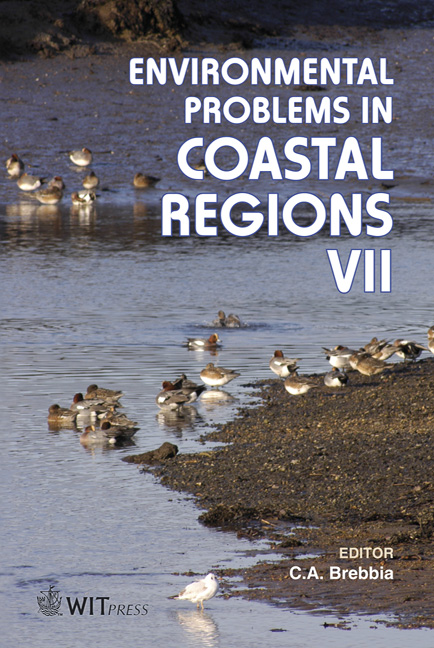Environmental Impact On Chemical/oil Spill In The Persian Gulf
Price
Free (open access)
Transaction
Volume
99
Pages
11
Page Range
149 - 159
Published
2008
Size
2,580 kb
Paper DOI
10.2495/CENV080141
Copyright
WIT Press
Author(s)
P. C. Chu, C. L. Williams, T. Clem, S. D. Haeger & M. Ward
Abstract
An attack on, or chemical spill near Iraq’s oil terminals could have disastrous effects on the economy. The impact from chemical spill is highly dependent upon environmental conditions that can either adversely affect continued operations or hinder the safety of personnel. Operational planners’ ability to create legitimate scenarios to train and combat these situations is the key to continued safe operation of the terminals. To accomplish this, planners must understand the impacts of using climatology versus near real-time data in the evaluation of the scenarios. This study demonstrates great impact of using near real-time environmental conditions, provided by a coupled ocean-atmospheric circulation-chemical model with data assimilation scheme, for operational planners. Keywords: chemical spill, oil spill, Persian Gulf, Strait of Hormuz, COAMPS, NCOM, HPAC, CHEMMAP, OILMAP. 1 Introduction The Persian Gulf, also known as the Arabian Gulf, is a semi-enclosed marginal sea connected with the Indian Ocean through the Strait of Hormuz with the major axis tending in the NW-SE direction (Fig. 1). The Persian Gulf is approximately 990 km long; the maximum width is about 338 km. The estimated surface area and volume of the gulf are around 239,000 km2 and 8,630 km3, respectively, which correspond to a mean depth of close to 36 m. The maximum depth is around 100m near the Strait of Hormuz, with the Gulf of Oman (GOO)
Keywords
chemical spill, oil spill, Persian Gulf, Strait of Hormuz, COAMPS, NCOM, HPAC, CHEMMAP, OILMAP.





